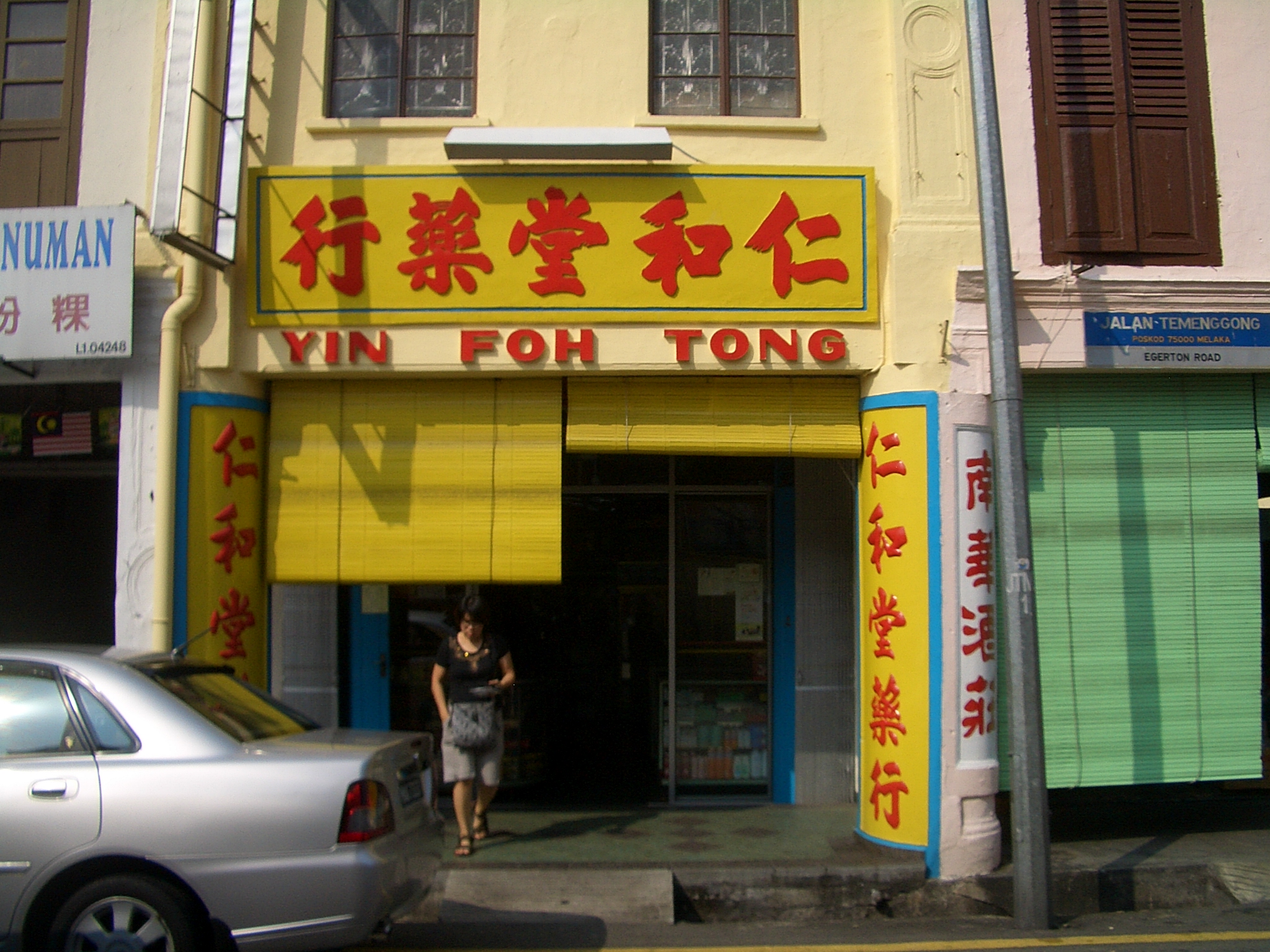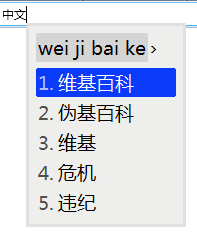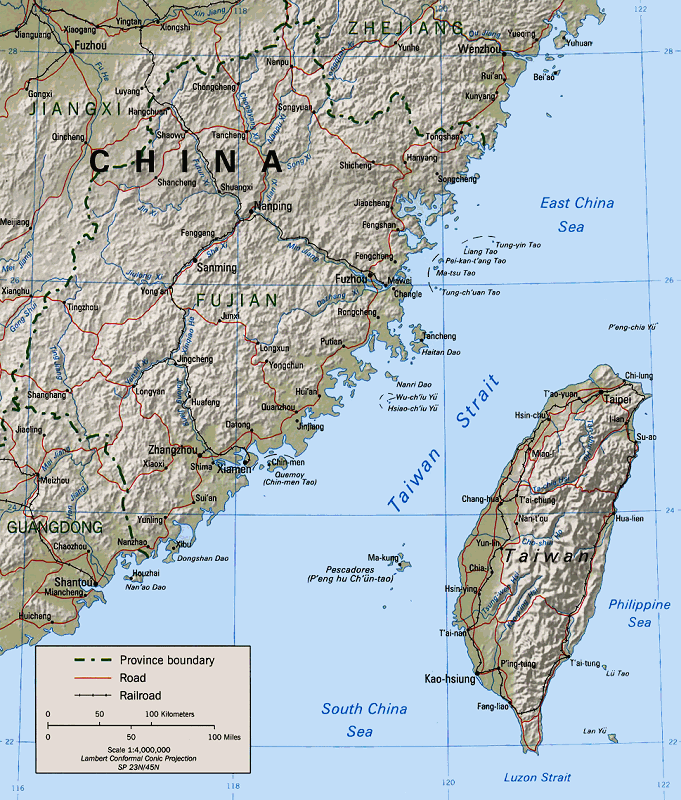|
Bopomofo
Bopomofo, also called Zhuyin Fuhao ( ; ), or simply Zhuyin, is a Chinese transliteration, transliteration system for Standard Chinese and other Sinitic languages. It is the principal method of teaching Chinese Mandarin pronunciation in Taiwan. It consists of 37 characters and five tone (linguistics), tone marks, which together can transcribe all possible sounds in Mandarin Chinese. Bopomofo was first introduced in China during the 1910s by the Beiyang government, where it was used alongside Wade–Giles, a romanization system which used a modified Latin alphabet. Today, Bopomofo is more common in Taiwan than on the mainland, and is used as the primary Chinese input method, electronic input method for Taiwanese Mandarin, as well as in dictionaries and other non-official documents. Terminology ''Bopomofo'' is the name used for the system by the International Organization for Standardization (ISO) and Unicode. Analogous to how the word ''alphabet'' is derived from the names of ... [...More Info...] [...Related Items...] OR: [Wikipedia] [Google] [Baidu] |
Hanyu Pinyin
Hanyu Pinyin, or simply pinyin, officially the Chinese Phonetic Alphabet, is the most common romanization system for Standard Chinese. ''Hanyu'' () literally means ' Han language'—that is, the Chinese language—while ''pinyin'' literally means 'spelled sounds'. Pinyin is the official romanization system used in China, Singapore, Taiwan, and by the United Nations. Its use has become common when transliterating Standard Chinese mostly regardless of region, though it is less ubiquitous in Taiwan. It is used to teach Standard Chinese, normally written with Chinese characters, to students in mainland China and Singapore. Pinyin is also used by various input methods on computers and to categorize entries in some Chinese dictionaries. In pinyin, each Chinese syllable is spelled in terms of an optional initial and a final, each of which is represented by one or more letters. Initials are initial consonants, whereas finals are all possible combinations of medials ( semivowels co ... [...More Info...] [...Related Items...] OR: [Wikipedia] [Google] [Baidu] |
Chinese Transliteration
The different varieties of Chinese have been transcribed into many other writing systems. General Chinese General Chinese is a diaphonemic orthography invented by Yuen Ren Chao to represent the pronunciations of all major varieties of Chinese simultaneously. It is "the most complete genuine Chinese diasystem yet published". It can also be used for the Korean, Japanese and Vietnamese pronunciations of Chinese characters, and challenges the claim that Chinese characters are required for inter-dialectal communication in written Chinese. General Chinese is not wholly a romanisation system, but consists of two alternative systems: one uses Chinese characters as a syllabary of 2082 glyphs, and the other is a romanisation system with similar spellings to ''Gwoyeu Romatzyh''. ''Guanhua zimu'' , developed by Wang Zhao (1859–1933), was the first alphabetic writing system for Chinese developed by a Chinese person. This system was modeled on Japanese ''katakana'', which he learn ... [...More Info...] [...Related Items...] OR: [Wikipedia] [Google] [Baidu] |
Alphabet
An alphabet is a standard set of letter (alphabet), letters written to represent particular sounds in a spoken language. Specifically, letters largely correspond to phonemes as the smallest sound segments that can distinguish one word from another in a given language. Not all writing systems represent language in this way: a syllabary assigns symbols to spoken syllables, while logographies assign symbols to words, morphemes, or other semantic units. The first letters were invented in Ancient Egypt to serve as an aid in writing Egyptian hieroglyphs; these are referred to as Egyptian uniliteral signs by lexicographers. This system was used until the 5th century AD, and fundamentally differed by adding pronunciation hints to existing hieroglyphs that had previously carried no pronunciation information. Later on, these phonemic symbols also became used to transcribe foreign words. The first fully phonemic script was the Proto-Sinaitic script, also descending from Egyptian hi ... [...More Info...] [...Related Items...] OR: [Wikipedia] [Google] [Baidu] |
Semisyllabary
A semi-syllabary is a writing system that behaves partly as an alphabet and partly as a syllabary. The main group of semi-syllabic writing are the Paleohispanic scripts of ancient Spain, a group of semi-syllabaries that transform redundant plosive consonants of the Phoenician alphabet into syllabograms. Out of confusion, the term is sometimes applied to a different alphabetic typology known as abugida, alphasyllabary or neosyllabary, but for the purposes of this article it will be restricted to scripts where some characters are alphabetic and others are syllabic. Iberian semi-syllabaries The Paleohispanic semi-syllabaries are a family of scripts developed in the Iberian Peninsula at least from the 5th century BCE – possibly from the 7th century. Some researchers conclude that their origin lies solely with the Phoenician alphabet, while others believe the Greek alphabet also had a role. Paleohispanic semi-syllabaries are typologically unusual because their syllabic and alpha ... [...More Info...] [...Related Items...] OR: [Wikipedia] [Google] [Baidu] |
Chinese Input Method
Several input methods allow the use of Chinese characters with computers. Most allow selection of characters based either on their pronunciation or their graphical shape. Phonetic input methods are easier to learn but are less efficient, while graphical methods allow faster input, but have a steep learning curve. Other methods allow users to write characters directly via touchscreens, such as those found on mobile phones and tablet computers. History Chinese input methods predate the computer. One of the early attempts was an electro-mechanical Chinese typewriter Mingkwai () which was invented by Lin Yutang, a prominent Chinese writer, in the 1940s. It assigned thirty base shapes or strokes to different keys and adopted a new way of categorizing Chinese characters. But the typewriter was not produced commercially and Lin soon found himself deeply in debt. Before the 1980s, Chinese publishers hired teams of workers and selected a few thousand type pieces from an enormous C ... [...More Info...] [...Related Items...] OR: [Wikipedia] [Google] [Baidu] |
Mandarin Phonetic Symbols II
Mandarin Phonetic Symbols II (MPS II) is a romanization system formerly used in Taiwan. It was created to replace the complex Gwoyeu Romatzyh system, which used tonal spelling—and to co-exist with the Wade–Giles romanization as well as bopomofo. It is sometimes referred to as Gwoyeu Romatzyh 2 or GR2. History Based on the earlier and more complex Gwoyeu Romatzyh, the tentative version of MPS II was released on May 10, 1984, by the Ministry of Education under the Chiang Ching-kuo administration. After two years of feedback from the general public, the official version was established on January 28, 1986. To distinguish bopomofo () from MPS II, the former is officially called "Mandarin Phonetic Symbols I" (). Despite its official status for almost two decades until it was replaced by Tongyong Pinyin in 2002, MPS II existed only in some governmental publications (such as travel brochures and dictionaries). However, MPS II was not used for the official romanized names of Ta ... [...More Info...] [...Related Items...] OR: [Wikipedia] [Google] [Baidu] |
Taiwanese Phonetic Symbols
Taiwanese Phonetic Symbols (; TPS: ㄉㄞˊ ㆣ丨ˋ ㄏㆲ 丨ㆬ ㄏㄨˊ ㄏㄜ˫) constitute a system of Phonetic transcription, phonetic notation for the transcription of Taiwanese languages, especially Taiwanese Hokkien. The system was designed by Professor Chu Chao-hsiang, a member of the National Languages Committee in Taiwan, in 1946. The system is derived from Bopomofo, Mandarin Phonetic Symbols by creating additional symbols for the sounds that do not appear in Mandarin phonology. It is one of the phonetic notation systems officially promoted by Taiwan's Ministry of Education, Republic of China, Ministry of Education. Symbols There are 49 symbols used in standard Taiwanese Hokkien. Of these 49 symbols, 26 are from the original Mandarin Phonetic Symbols, while 23 are additional, created for Taiwanese languages. * The symbols in blue do not exist in Mandarin phonology. * Four voiceless consonants ㄅ, ㄉ, ㄍ, ㄏ may be written in small form to represent the unr ... [...More Info...] [...Related Items...] OR: [Wikipedia] [Google] [Baidu] |
Commission On The Unification Of Pronunciation
The Commission on the Unification of Pronunciation was established by the Republic of China in 1913 in order to address several aspects of Chinese language reform—including selecting an official phonetic transcription system for Mandarin Chinese, as well as standardizing pronunciations for basic Chinese characters. Delegates representing every Chinese province deliberated on the merits of numerous systems, ultimately selecting the design of Zhang Binglin (1869–1936). Zhang's system would serve as the prototype for bopomofo, and would be officially adopted by the Republican government in 1918. History It was decided in a draft on 7 August 1912, a month after a July 10 conference led by Cai Yuanpei, that a set of phonetic symbols were to be used for education purposes. The commission was set up in December and chaired by Wu Zhihui. The Commission ended on 22 May 1913. Wu would later chair the Mandarin Promotion Council. Members The first meeting took place on 15 Febru ... [...More Info...] [...Related Items...] OR: [Wikipedia] [Google] [Baidu] |
Wade–Giles
Wade–Giles ( ) is a romanization system for Mandarin Chinese. It developed from the system produced by Thomas Francis Wade during the mid-19th century, and was given completed form with Herbert Giles's '' A Chinese–English Dictionary'' (1892). The romanization systems in common use until the late 19th century were based on the Nanjing dialect, but Wade–Giles was based on the Beijing dialect and was the system of transcription familiar in the English-speaking world for most of the 20th century. Both of these kinds of transcription were used in postal romanizations (romanized place-names standardized for postal uses). In mainland China, Wade–Giles has been mostly replaced by Hanyu Pinyin, which was officially adopted in 1958, with exceptions for the romanized forms of some of the most commonly used names of locations and persons, and other proper nouns. The romanized name for most locations, persons and other proper nouns in Taiwan is based on the Wade–Giles der ... [...More Info...] [...Related Items...] OR: [Wikipedia] [Google] [Baidu] |
Alpha
Alpha (uppercase , lowercase ) is the first letter of the Greek alphabet. In the system of Greek numerals, it has a value of one. Alpha is derived from the Phoenician letter ''aleph'' , whose name comes from the West Semitic word for ' ox'. Letters that arose from alpha include the Latin letter and the Cyrillic letter . Uses Greek In Ancient Greek, alpha was pronounced and could be either phonemically long ( ː or short ( . Where there is ambiguity, long and short alpha are sometimes written with a macron and breve today: . * = ' "a time" * = ' "tongue" In Modern Greek, vowel length has been lost, and all instances of alpha simply represent the open front unrounded vowel . In the polytonic orthography of Greek, alpha, like other vowel letters, can occur with several diacritic marks: any of three accent symbols (), and either of two breathing marks (), as well as combinations of these. It can also combine with the iota subscript (). Greek grammar In the ... [...More Info...] [...Related Items...] OR: [Wikipedia] [Google] [Baidu] |
Unicode
Unicode or ''The Unicode Standard'' or TUS is a character encoding standard maintained by the Unicode Consortium designed to support the use of text in all of the world's writing systems that can be digitized. Version 16.0 defines 154,998 Character (computing), characters and 168 script (Unicode), scripts used in various ordinary, literary, academic, and technical contexts. Unicode has largely supplanted the previous environment of a myriad of incompatible character sets used within different locales and on different computer architectures. The entire repertoire of these sets, plus many additional characters, were merged into the single Unicode set. Unicode is used to encode the vast majority of text on the Internet, including most web pages, and relevant Unicode support has become a common consideration in contemporary software development. Unicode is ultimately capable of encoding more than 1.1 million characters. The Unicode character repertoire is synchronized with Univers ... [...More Info...] [...Related Items...] OR: [Wikipedia] [Google] [Baidu] |
International Organization For Standardization
The International Organization for Standardization (ISO ; ; ) is an independent, non-governmental, international standard development organization composed of representatives from the national standards organizations of member countries. Membership requirements are given in Article 3 of the ISO Statutes. ISO was founded on 23 February 1947, and () it has published over 25,000 international standards covering almost all aspects of technology and manufacturing. It has over 800 technical committees (TCs) and subcommittees (SCs) to take care of standards development. The organization develops and publishes international standards in technical and nontechnical fields, including everything from manufactured products and technology to food safety, transport, IT, agriculture, and healthcare. More specialized topics like electrical and electronic engineering are instead handled by the International Electrotechnical Commission.Editors of Encyclopedia Britannica. 3 June 2021.Inte ... [...More Info...] [...Related Items...] OR: [Wikipedia] [Google] [Baidu] |





